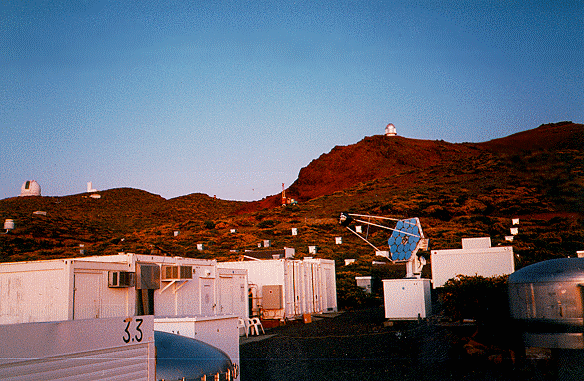

The HEGRA experiment (High Energy Gamma Ray Astronomy) is a collaboration made up of two institutes belonging to the German Max-Planck-Gesellschaft (Munich and Heidelberg), the Yerevan Institute of Physics (Armenia) and faculties of Physics at the Madrid (UCM), Hamburg, Kiel and Wuppertal universities.
![]() Click icon to have a look at the detectors.
Click icon to have a look at the detectors.
![]() For further information, visit the HEGRA page at Wuppertal
University, at the
Max Planck
Institute in Munich or at the
Max
Planck Institute in Heidelberg.
For further information, visit the HEGRA page at Wuppertal
University, at the
Max Planck
Institute in Munich or at the
Max
Planck Institute in Heidelberg.
![]() You can access internal collaboration information if you are a member
of the HEGRA Experiment.
You can access internal collaboration information if you are a member
of the HEGRA Experiment.